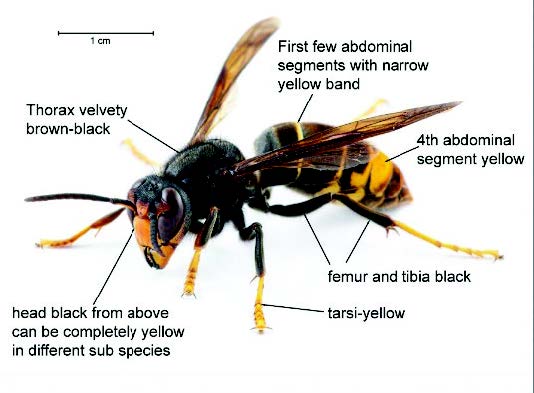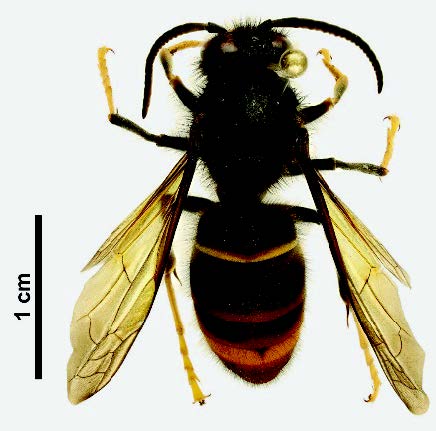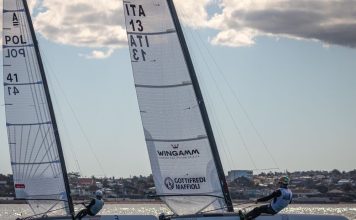Biosecurity New Zealand has released further updates on the yellow legged hornet situation in Auckland, urging North Shore residents to stay vigilant as new nests and additional queens are confirmed in Glenfield and Birkdale.
The latest detections bring the total to nine confirmed queen hornets since 17 October, all based on collected specimens. Of those nine, seven showed signs of active nesting, including one of the most recent Glenfield finds, where a small early-season nest held a queen, two worker hornets and two adults close to emerging.
A tenth possible queen has been identified from a photograph taken in the same suburb, but officials are treating the image with caution. Misuse of previously published images on social media means photographs alone can no longer be relied on for confirmation.
Public reporting remains strong with more than 2,800 notifications logged up to 15 November. Each verified sighting helps narrow the likely search area, and Biosecurity NZ says the pattern of detections is giving them a clearer indication of where the hornets may be concentrated.
Major ground response under way
The response has expanded again this week. More than 100 MPI staff are now involved across the wider operation, with over 20 dedicated to intensive ground searches in Glenfield and Birkdale. These teams are working methodically through common nesting spots such as tree canopies, roof eaves, fence lines and dense shrubbery, and will move into parks and reserves as the search widens.
Trap deployment has also ramped up. More than 180 traps have been laid across targeted zones where female hornets have been found. These are checked daily, with additional traps added each time a new queen is discovered. No hornets have been caught in traps so far, but officials say the grid is being expanded in a measured way and remains one of the strongest tools they have.
Alongside the standard units, protein bait traps are being introduced. These lures attract both queens and workers, improving the chance of intercepting hornets as they move between food sources and potential nest sites.
A Technical Advisory Group (TAG) of independent scientists is guiding the operation. Their advice covers everything from trap placement to seasonal behaviour patterns and the best way to manage social wasp incursions as summer approaches.
Public reporting still the key to finding nests
Despite the large on the ground effort, Biosecurity NZ says the most effective surveillance tool remains the local community.
Members of the public are urged to report only when they have a specimen, a clear photograph, or a possible nest. This targeted approach helps focus resources on credible detections rather than the misidentifications that often accompany summer.
Staff will again be out at local markets this weekend to help people understand what the hornets look like and how to report safely without disturbing a nest.
Where can you make a Report
- report.mpi.govt.nz
- or via the exotic pest and disease hotline on 0800 809 966.
General queries can be directed to MPI on 0800 008 333, and further information is available through the official yellow legged hornet updates page.
For boaters and coastal residents, the advice stands. Keep an eye around sheds, marinas, rooftops, and bush edges near launching areas. Early season nests can be small and easy to miss, and a quick, accurate report now could prevent wider establishment over summer.





















